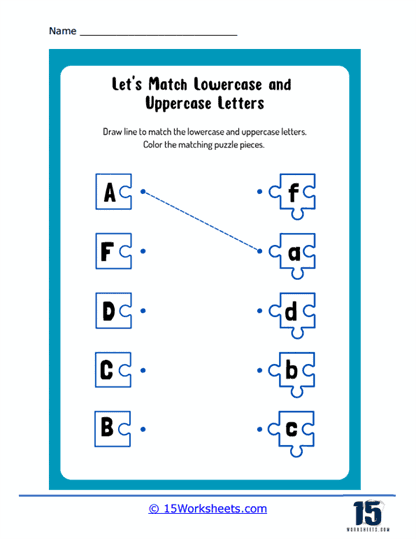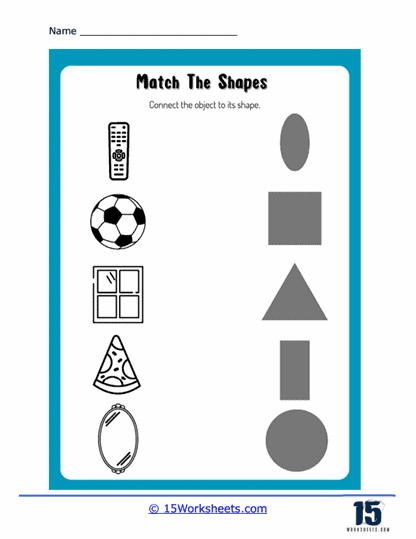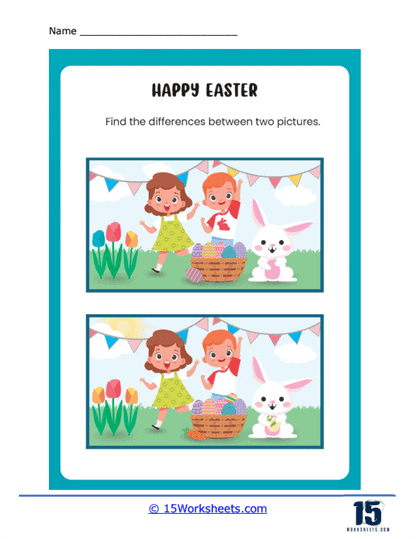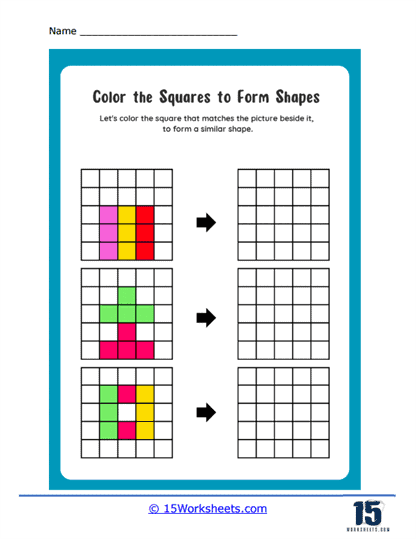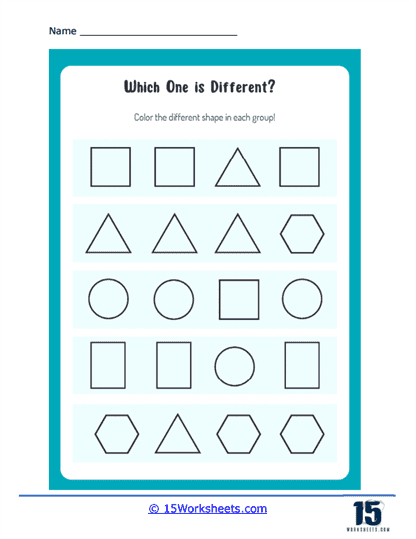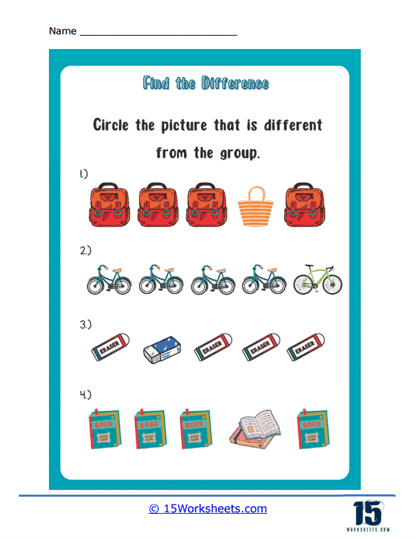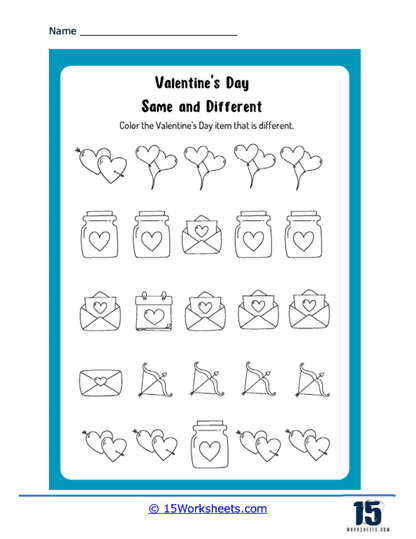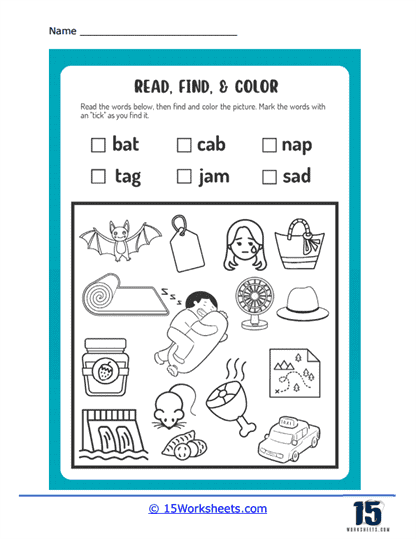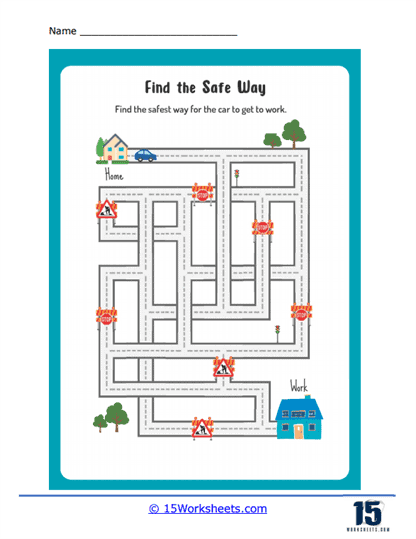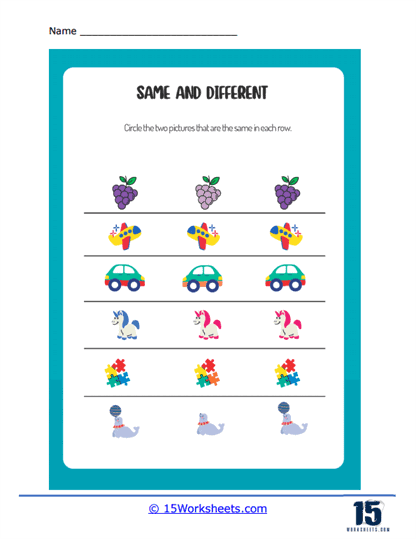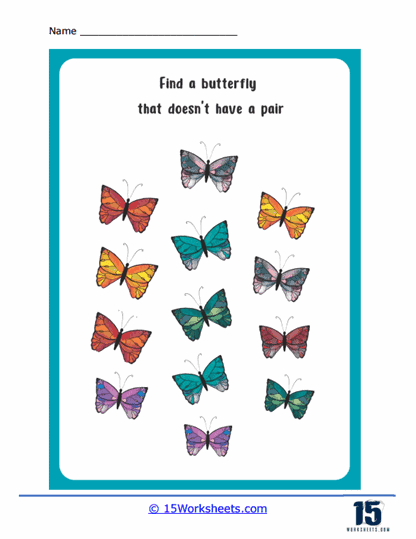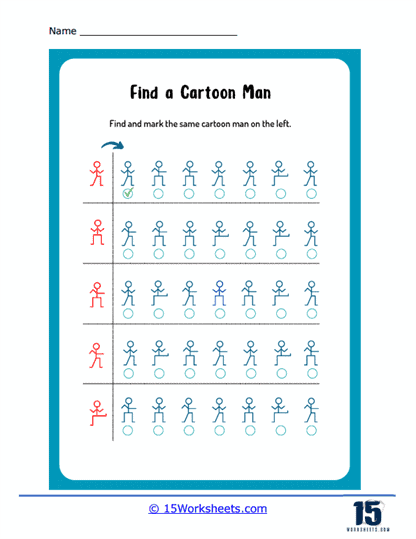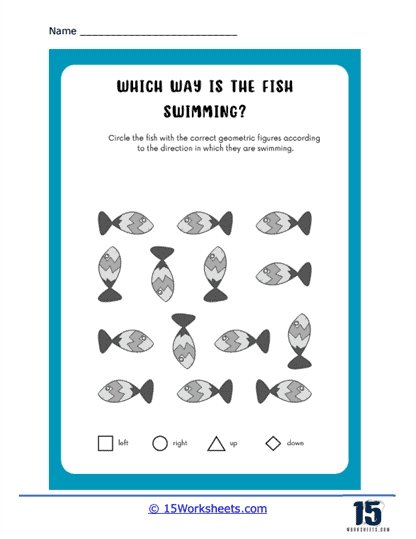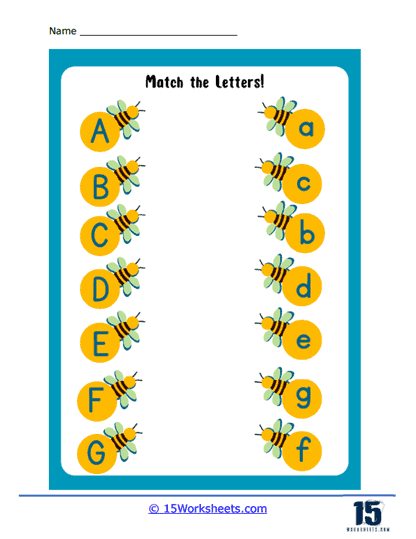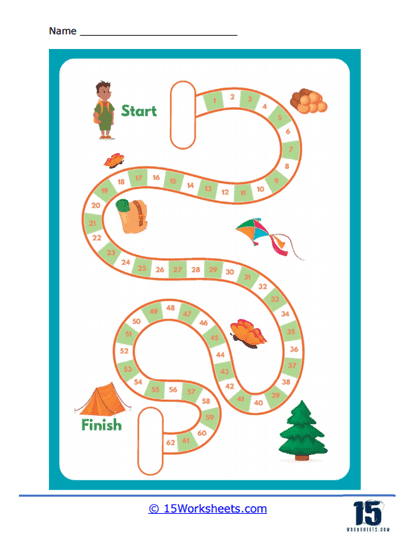Visual Perceptual Worksheets
All About These Worksheets
Visual perception is the brain’s ability to interpret and make sense of visual information from the environment. It involves more than just the physical act of seeing; it’s about comprehending what is seen. Visual perceptual worksheets are tools designed to refine and challenge these skills, crucial for many everyday tasks, from reading and writing to navigating spaces or recognizing patterns.
Understanding Visual Perceptual Skills
Before delving into the exercises, it’s essential to understand the various components of visual perception:
- Discrimination – Recognizing differences and similarities between objects or forms.
- Memory – Recalling visual information.
- Visual-Spatial Relations – Understanding the spatial relationship of objects.
- Form Constancy – Recognizing forms or objects as the same across different contexts or orientations.
- Sequential Memory – Remembering sequences of objects or forms.
- Figure-Ground – Differentiating an object from its background.
- Visible Closure – Recognizing a complete image when only parts are visible.
Types of Exercises on These Worksheets
Spot the Difference – Develops visual discrimination skills. Students are provided with two almost identical pictures and asked to identify subtle differences. This enhances attention to detail and the ability to discern minor differences between visual stimuli.
Memory Grids – Enhances visual memory. A grid with several items is displayed briefly, after which students must recall and place items in their original positions. This exercise boosts short-term visual memory and the ability to recall spatial placements.
Mazes – Strengthens visual-spatial relations. Students navigate a path from start to finish in a maze. Mazes help in understanding spatial orientation and developing the ability to visualize paths and solutions.
Shape Transformations – Cultivates visual form constancy. Students are shown a shape in various sizes, orientations, or shades and must identify it as the same shape throughout. This reinforces the ability to recognize objects or shapes across different contexts.
Pattern Sequencing – Develops visual sequential memory. Students view a sequence of patterns or items and are then tasked with replicating the exact sequence. This hones the ability to remember and reproduce visual sequences.
Hidden Pictures – Builds visual figure-ground skills. Students are given a complex image and must identify specific items or shapes hidden within. This exercise challenges students to differentiate objects from a busy background.
Partial Images – Enhances visual closure abilities. Students are shown incomplete images and must determine what the full image would be. This fosters the skill of recognizing objects or details even when parts are missing, a critical ability in reading when letters or words might be partially obscured.
Directional Arrows – Strengthens understanding of spatial directions. Arrows pointing in various directions are displayed, and students might be tasked with identifying or following sequences. Grasping directional concepts is vital for tasks such as reading, where left-right orientation matters.
Mirror Images – Cultivates the ability to recognize symmetrical representations. Students view an image or shape and its mirror reflection, learning to identify them as symmetrical partners. This promotes understanding of symmetry, crucial in geometry and everyday spatial recognition.
Sorting and Categorizing – Enhances the ability to group based on visual similarities or differences. Students might be given a mix of shapes, colors, or objects and asked to sort them into categories. This task builds on discrimination and categorization, vital skills in tasks such as mathematics or logical reasoning.
Benefits of Visual Perceptual Worksheets
Academic Proficiency – Many academic tasks, from reading to math to art, require strong visual perceptual skills. Refining these skills can lead to improved academic performance.
Daily Life Activities – Activities like catching a ball, using tools, driving, or even simple tasks like pouring a drink, all require visual perception.
Improved Coordination – Visual perception plays a crucial role in hand-eye coordination and motor tasks.
Enhanced Cognitive Abilities – Many of the skills taught in visual perceptual exercises, such as categorization, discrimination, or spatial reasoning.

